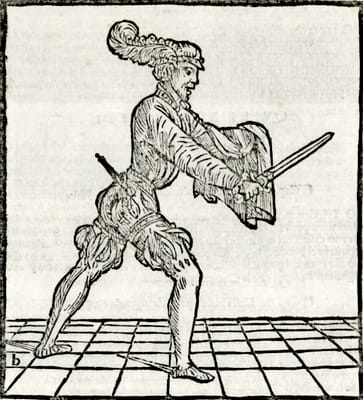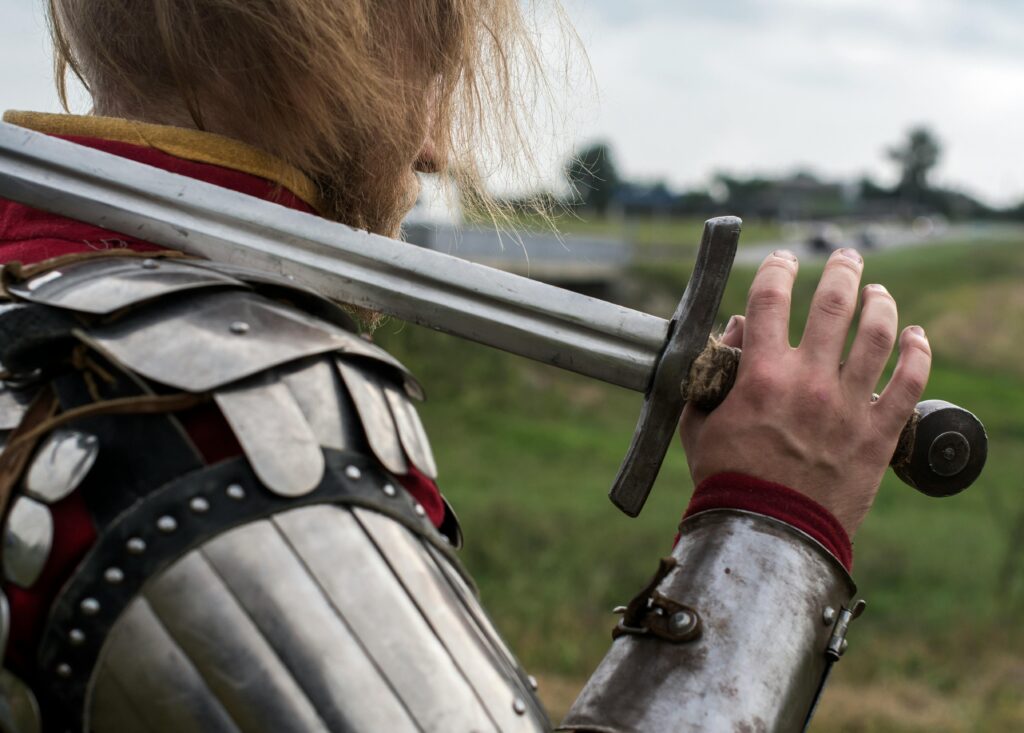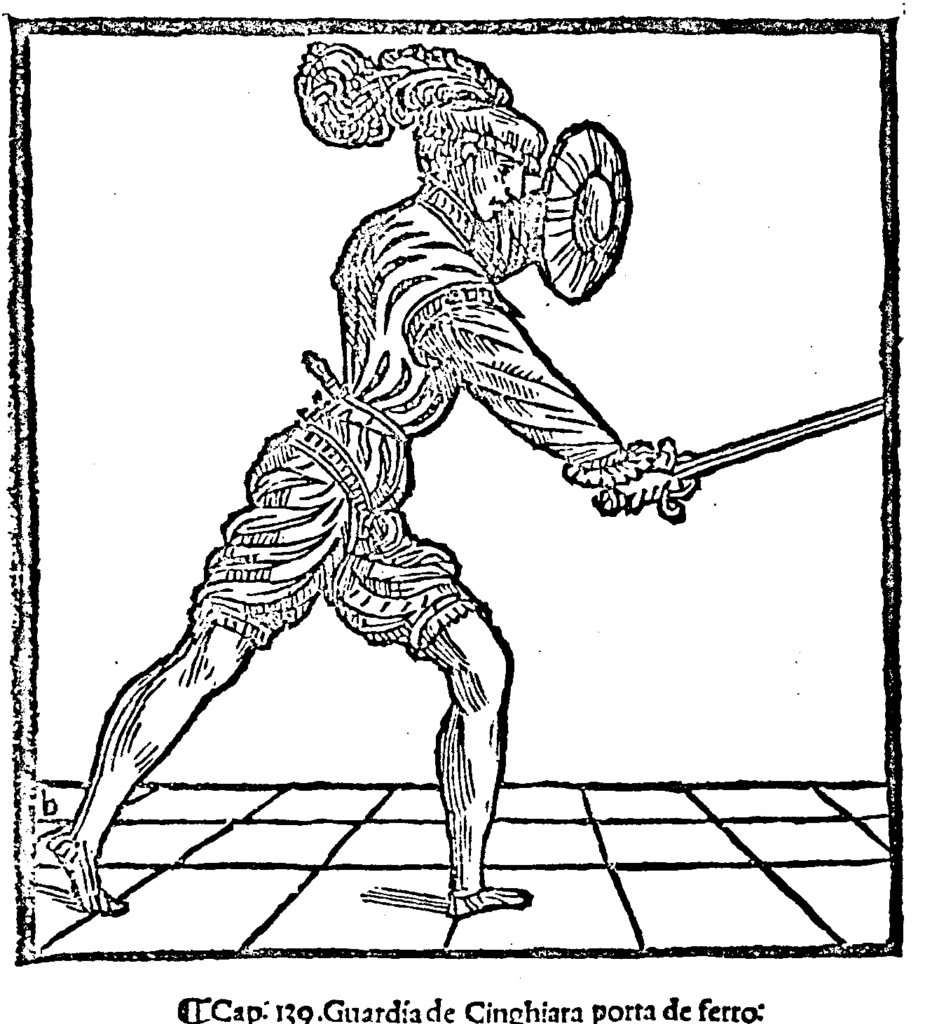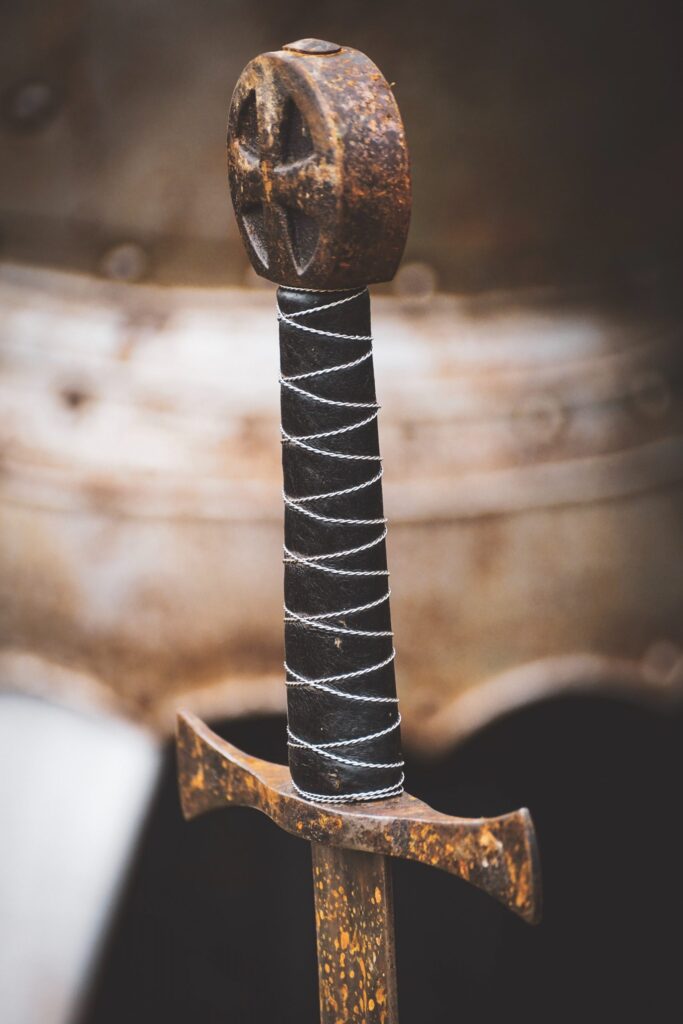Assaults and Martial Forms

Assaults are a type of martial form that played an important role within the training modality of Renaissance era fencing schools in Northern Italy. They are a choreographed series of attacks and defenses designed to be done solo or with a partner. They share much in common with the Japanese martial kata and many similar forms in Chinese martial traditions.
A couple weeks ago at the closing ceremonies of the L’Arte delle Armi conference in Chicago I was asked, along with Duello Provost Matheus Olmedo, and Jacopo Penso and Moreno del Ricci of Sala Opera Nova in Italy, to put on a display of traditional Bolognese Assaults.
Below is Matheus’ assault of sidesword and cloak taken from Manciolino’s Opera Nova.
Building Dexterity and Endurance
One of the primary benefits to practicing assaults is that they provide a means to build your strength and capacity with moving your weapon (or weapons). A good assault brings you through common attack and defense patterns, as well as a great diversity of them. They provide a simple and rhythmic way to constantly practice the act of moving from target to target, from defense to attack, from first intention to second intention, etc.
I have found that my students who spend a lot of time on assaults tend to be much more fluid movers of their weapons, are more capable of effectively pairing their footwork and sword work, and tend to be much more creative thinkers in high pressure combat situations. They essentially have a much larger palette of multi-intention sword actions to call on when fighting and so are less likely to be caught in a tactical rut.
Assaults in Practice
There are many ways you can approach a martial form. It can be an interesting way to connect with historical source material, an enjoyable and meditative dance with sword in hand, a physical endurance practice, a performance art, or a tactical training regimen.
I think all of these intents are useful and noble approaches to forms. Anyone who derides forms practitioners who are enjoying forms for non-martial purposes needs to recognize that there are many valid outcomes and benefits to martial arts.
I make practice of assaults a regular part of my weekly training program. Especially if I want to get the sword in my hand but find myself without a good training plan for that day.
I’d love to see more schools making assaults (historical ones or of their own making) a part of their regular training as well as part of martial displays. Moreno and Jacopo’s display of the sword in two hands form demonstrated in sections as a unified solo display and then as the partner outcome is superb:
Sources of Historical Assaults
Written assaults of this nature show up primarily in the Bolognese swordsmanship material of the 16th century. There are now many excellent modern translations of these materials, here are a few that I recommend you check out:
- Opera Nova, Achille Marozzo. Translations by Jherek Swanger, and Tom Leoni.
- Opera Nova, Antonio Manciolino. Translation by Tom Leoni.
I look forward to seeing more excellent martial forms and forms practice out there in the community!
Devon



